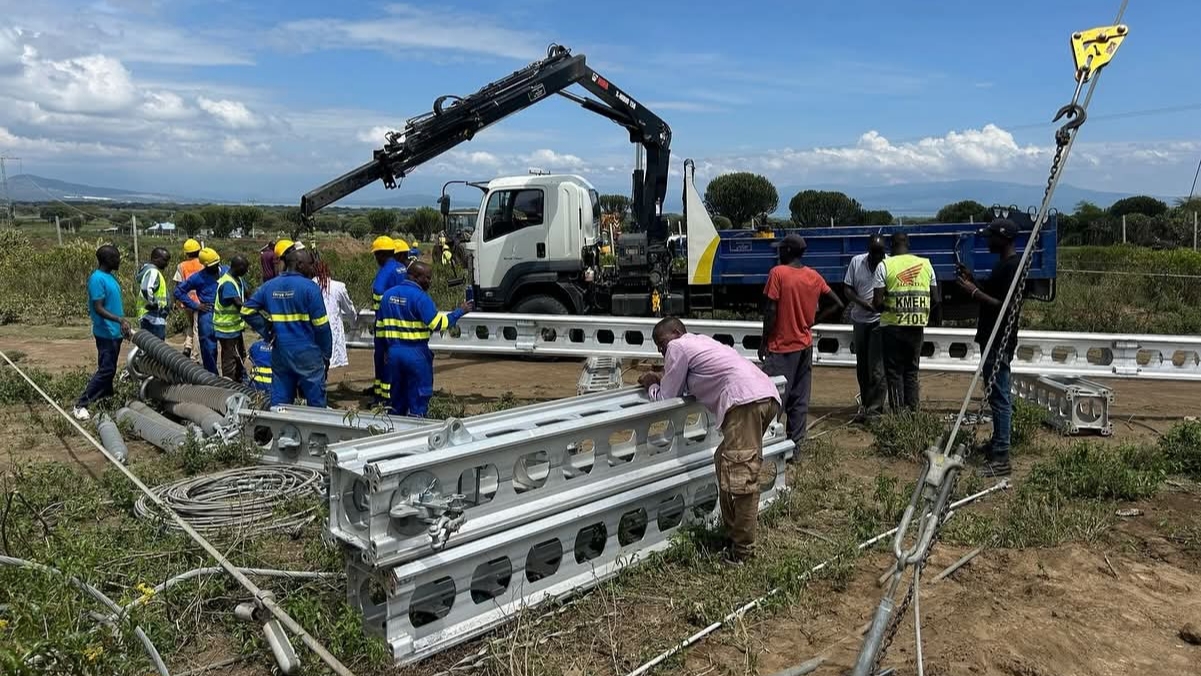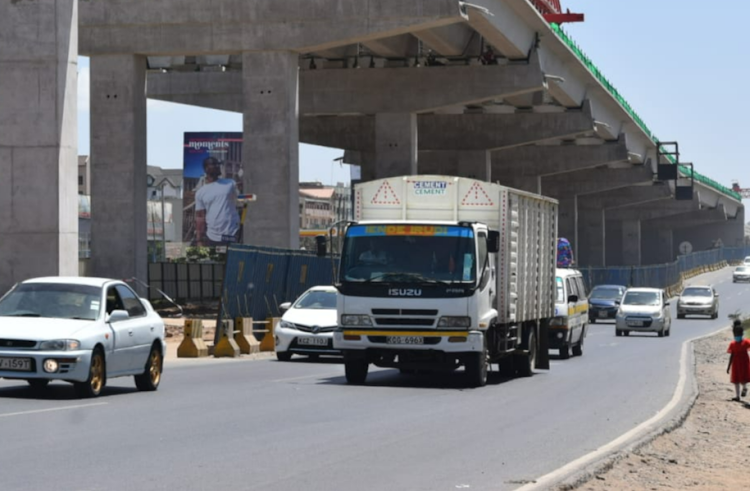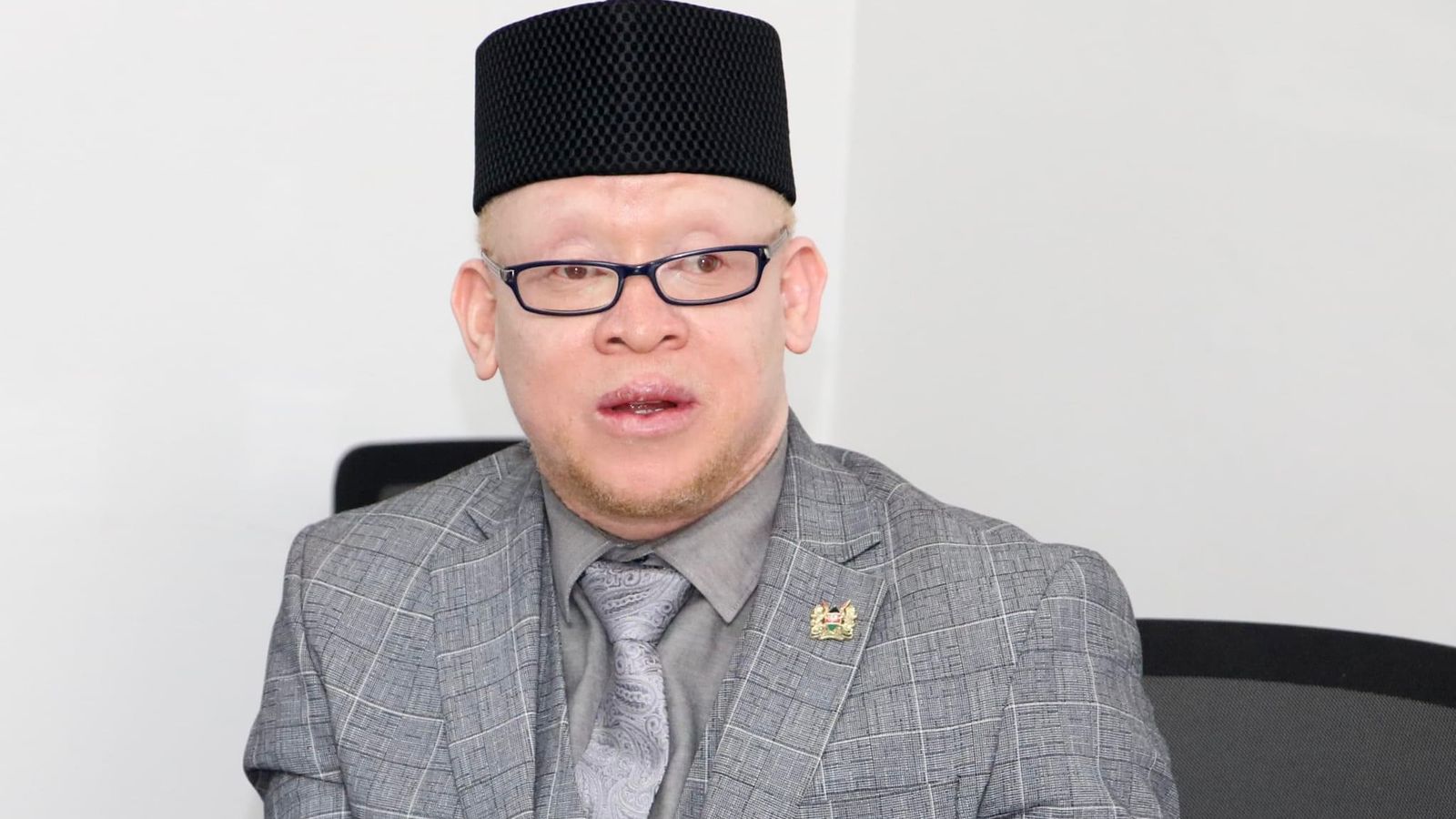As Kenyans gear towards Mashujaa Day Celebrations on Sunday, October 20, this year's theme is Affordable Housing.
The Affordable Housing Programme (AHP) is a Government initiative to provide Kenyan citizens with housing on ownership terms. The program seeks to increase the number of mortgages available from 30,000 to 1,000,000 with favorable ownership terms and monthly payments as low as Ksh 5,000.
AHP also aims to bridge the annual gap of 250,000 homes by activating national projects. Several housing projects have been launched in different parts of the country.
AHP was a vital pillar of the Kenya Kwanza manifesto and is one of the projects that have been emphasized, prompting Kenyans to ask why affordable housing exists and why now.
This article seeks to answer these questions by taking you on a journey through Kenya's housing development and explaining why investing in housing benefits potential homeowners and the entire economy at large.
Read More
History of Housing in Kenya
In the pre-independence period, the government and other employers mainly provided houses for their employees in urban areas such as Nairobi, where the houses were located primarily in Bahati and Makadara. This limited the number of houses that were established in the city. Between 1928 and 1961, only 14,149 units had been produced, yet the city played host to millions of people.
Post-independence, much progress was made towards improving the country's housing situation, focusing on creating laws supporting housing development.
In 1965 the Housing Finance Company of Kenya (HFCK) was established to provide construction and mortgage finance. A year later, the National Housing Corporation (NHC) was established to oversee housing developments in the country.
The first national policy was created between 1966 and 1967, permitting private developers to build houses to complement the government's provision.
As an incentive, the government worked with private developers and individual landlords by providing infrastructure and ensuring a conducive environment for house creation. Further, the government set up the Housing Research and Development Unit (HRDU) at the University of Nairobi to research low-cost buildings.
Regarding crucial housing legislation, the government enacted the National Housing Policy to address the deteriorating housing conditions countrywide and reduce the gap between the demand and the available houses.
The government also enacted the National Slum Upgrading and Prevention Policy and the National Building and Maintenance Policy, which sought to upgrade existing slums and prevent the emergence of new ones, ensure a consistent approach to maintaining housing structures, and ensure adequate health, safety, and environmental standards, return on investment, convenience, and comfort for users.
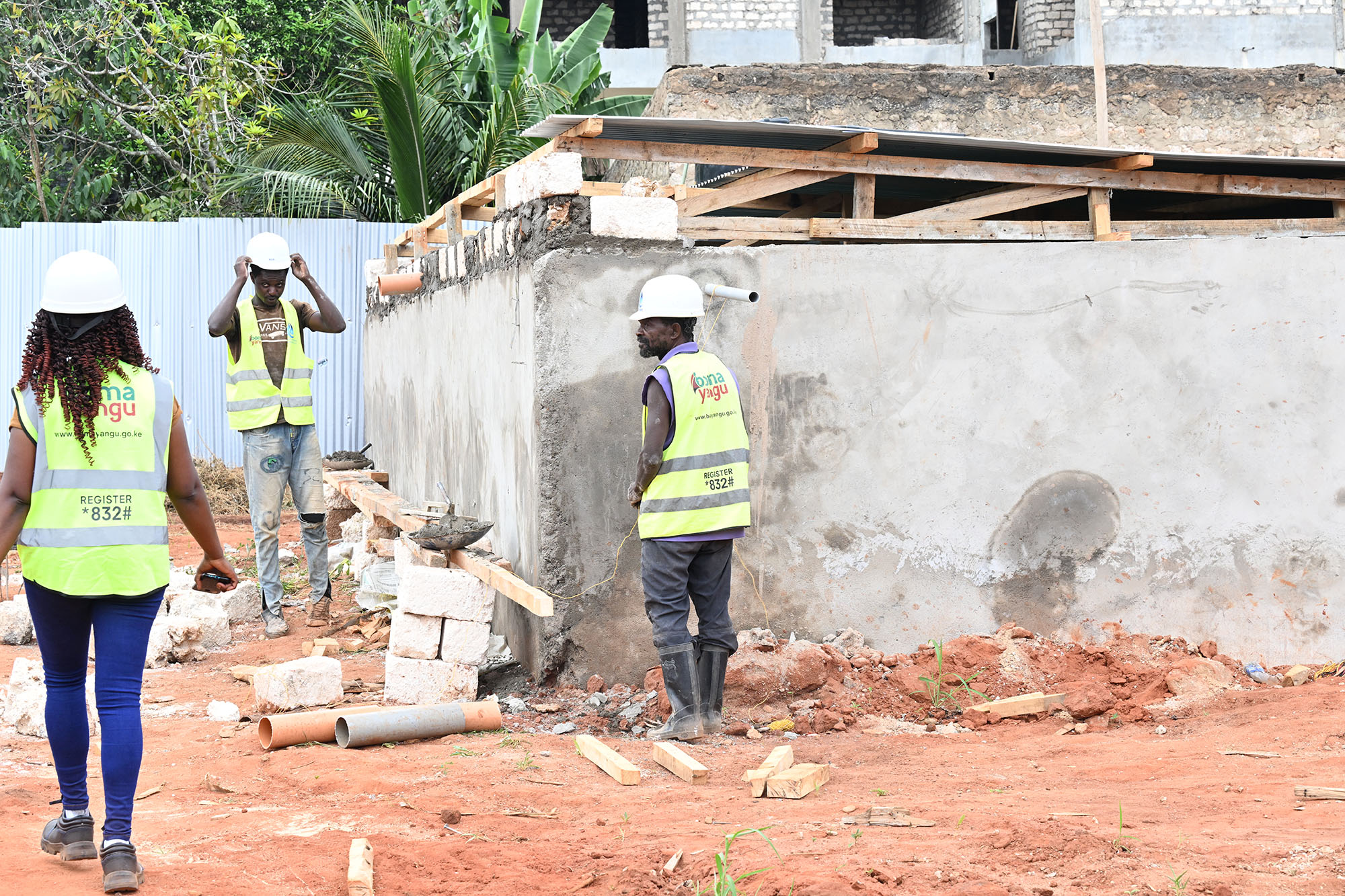
The Housing Challenge in Kenya
Housing has been a major challenge in Kenya because owning a home is costly, and few Kenyans can afford it. Thus, they can rent, which is also quite expensive, pushing a huge population to the slums.
In slums, the residents are subjected to inhumane conditions such as living in makeshift houses, poor sanitation and sewage systems, and lack of clean water, all of which pose a high risk of contracting diseases.
Despite the conditions, the residents still have to pay rent; for instance, Mukuru slums in Nairobi has an estimated population of 402,000, with 94% of the residents being tenants in tiny iron sheet shacks where they pay approximately Ksh 2,500 monthly.
The rent is approximately Ksh230 million per month, collected monthly and Ksh2.8 billion per year, indicating that housing is a multi-billion industry.
A 2017 World Bank report on Housing in Kenya established that, as of then, about 6.4 million Kenyans lived in slums, representing about 56% of the country's urban population. In Nairobi, the study found that 91% of the population were renting because home ownership was out of reach.
Regarding home ownership, the World Bank report found that as of 2017, there was almost no supply on the market for a home less than Ksh4 million ($43,956), especially in Nairobi. By then, the average house cost in Nairobi was Ksh11 million.
A 2019 report by the Center for Affordable Housing Finance Africa found that Nairobi was the most expensive city in Africa to build a standard affordable house due to the associated costs, such as land, which was found to be around $4,160, infrastructure, $8,269, compliance costs, $4,571, construction costs, $28,085, other development costs, $5,026, overhead costs, $6,091, and Value-Added Tax, $9,097.
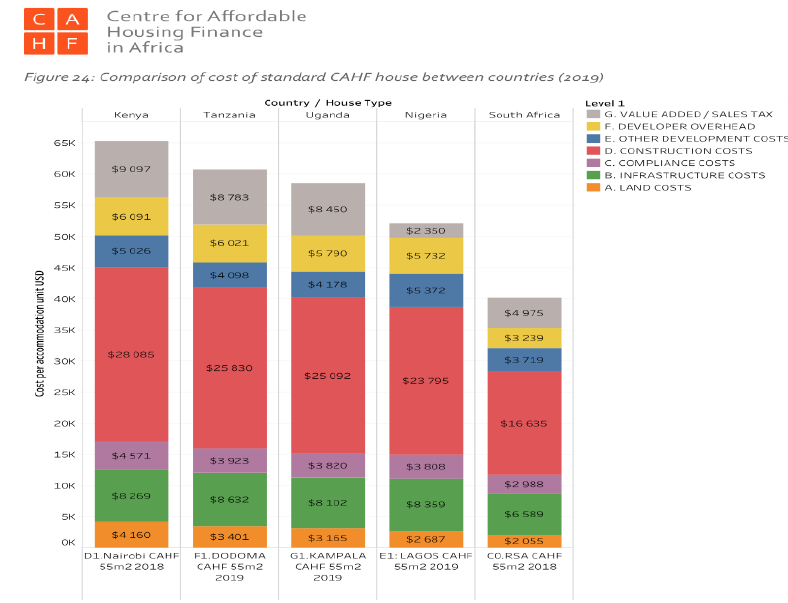
Based on this premise, the government sought to introduce key interventions that would reduce the cost of housing and make it affordable to ordinary Kenyans.
Key Government interventions
The government has put in place four critical interventions to attract investors who can construct affordable houses for occupation by Kenyans. The four interventions are:
● Zero rating cost of land.
● Zero rating cost of infrastructure.
● Multiple tax exemptions.
● Lower cost of financing.
The four directly impact the cost of house construction, meaning the costs will drop significantly with the interventions. According to the State Department for Housing and Urban Development, the intervention has dropped the price of units from an average of Ksh11 million in 2017 to Ksh3 million in 2024.
Despite the drop, the state department notes that at 3 million shillings, most Kenyans can still not afford to own a home, which calls for more interventions to lower the costs further.
The Ripple Effect of Housing on the Economy
Assuming the government estimates 200,000 housing units, Ksh1.15 trillion will be invested in housing development. The labor cost for the 200,000 units is approximately Ksh48.3 billion. Over 2.1 million direct and indirect jobs will be created from the project.
To put this into context, assuming the construction of 200,000 units will require 18 million bags of cement, it means the cement company gets more demand, which results in employing more people, most of whom, if not all, are local (Kenyans), which in return improves livelihoods, while at the same time injecting more money into the economy, which is critical in the economic transformation of the country.
Housing is labor intensive, and the cost of labor can capture up to 10.5% of the value spent on affordable housing. Further, it is estimated that three to five new jobs are created for every unit constructed, and up to eight indirect jobs are created per unit.
For context, a site needs hundreds of employees, including masons, plumbers, and electricians. This team requires food, meaning food vendors will have a demand for their produce and eventually earn income. The cycle of people directly and indirectly benefiting is huge.
In terms of the Gross Domestic Product (GDP), it is estimated that USD 1.5 and USD 3 will be injected into the economy for every USD 1 invested. Further, the construction of the units creates an opportunity for the government to increase revenue through activities such as processing of permits and approvals.
The informal sector, specifically the Jua Kali sector and light industries, will benefit from being able to supply inputs and construction materials to affordable housing sites.
From the above, it is clear that housing benefits not just the eventual homeowner but has a ripple effect on the entire economy. Therefore, by constructing houses, the government is solving the issues of unemployment and the housing crisis and enhancing economic development at the same time.
The existing housing challenge, which dates back to the early 1990s, coupled with the high cost of home ownership and limited resources among Kenyans, prompted the government to focus on affordable housing.
Current State of Affordable Housing Units in Kenya
The government through the State Department of Housing and Urban Development and county governments in collaboration with development partners has rolled out several affordable housing projects across the country.
The completed and ongoing 112,405 Affordable Housing Program (AHP) units have created over 160,000 direct and indirect jobs for Kenyans since 2022. With another 730,062 AHP units in the pipeline to be launched this term, it's projected that the Affordable Housing Program will create over one million jobs during the program's life cycle.
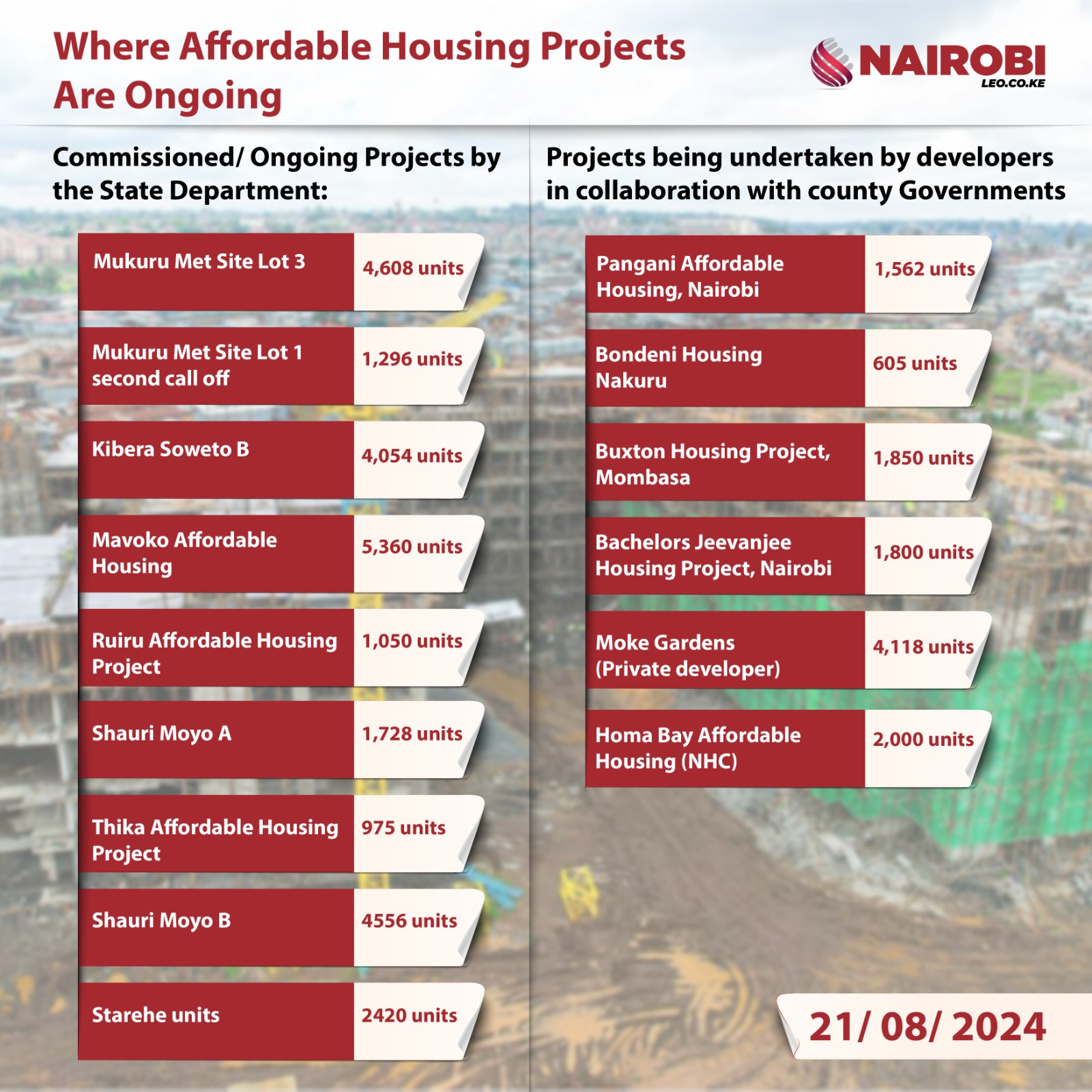
For Kenyans looking to own Affordable Housing units, here are the steps to register and start the journey to owning a home.
Read Also: Where to Get Affordable Housing Program Units in Kenya [Full List]
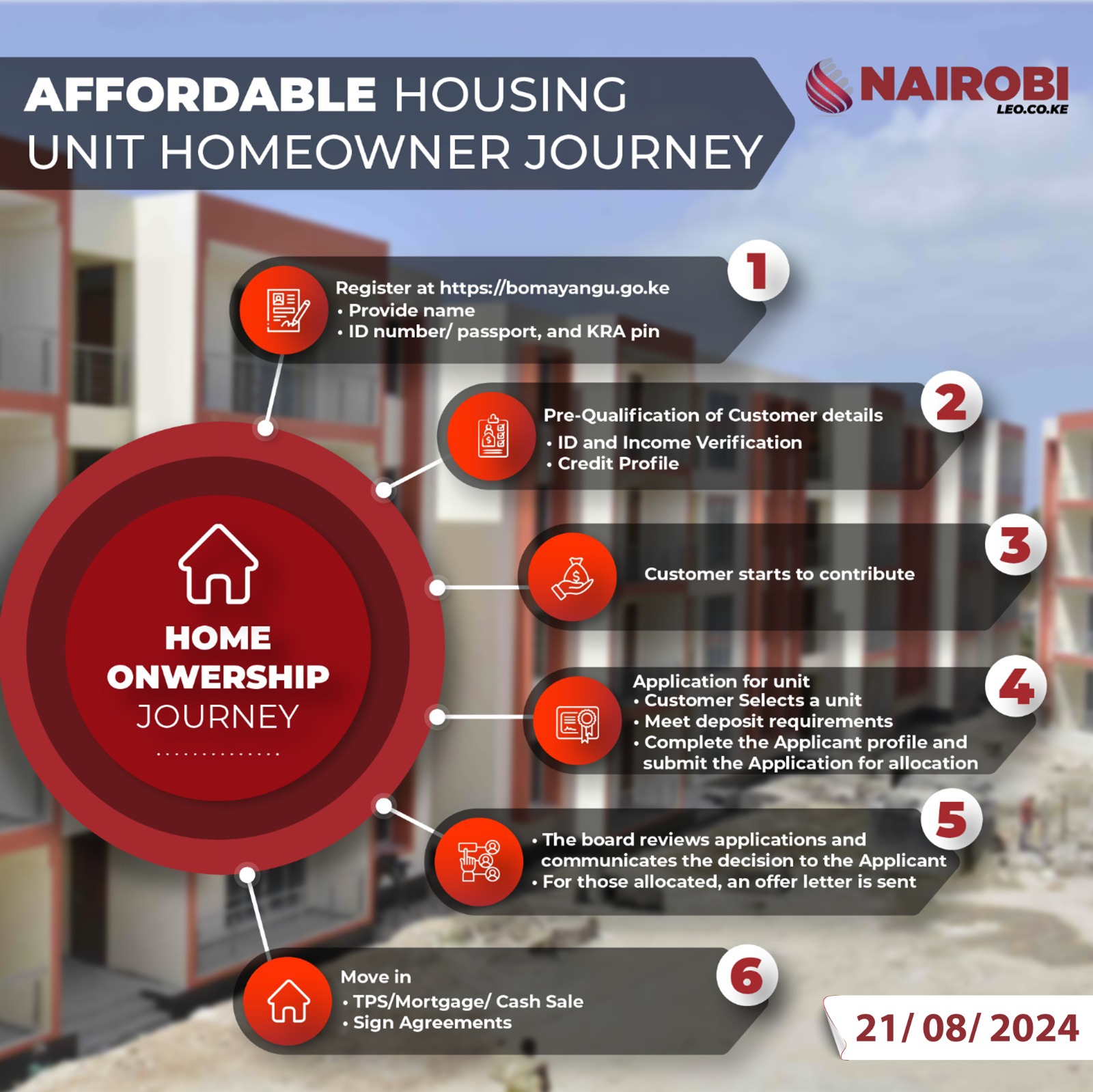
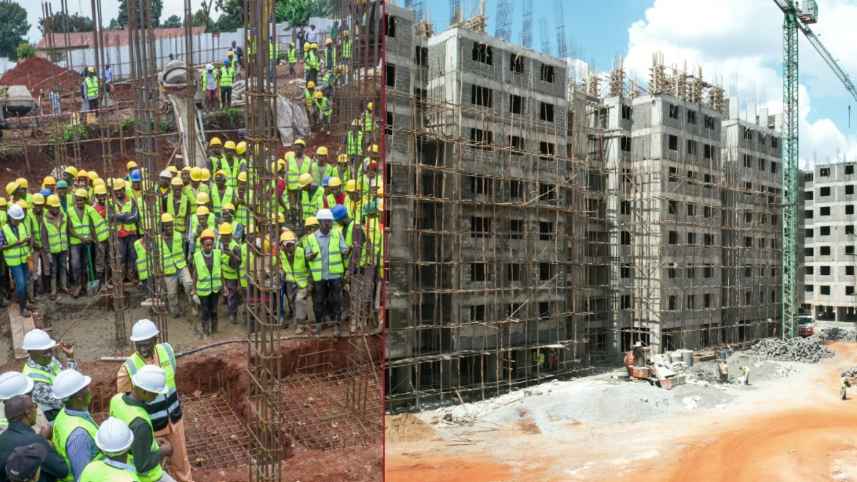
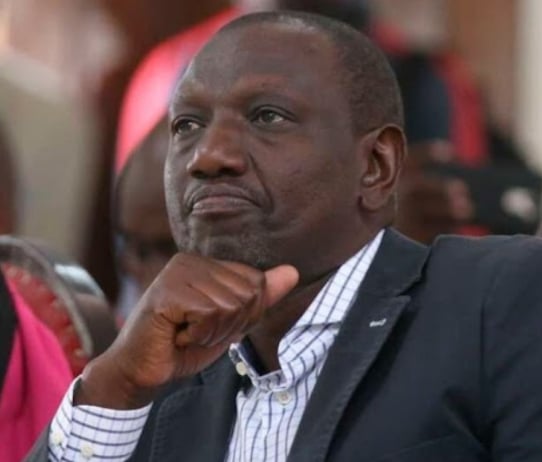




-1767275629.jpeg)
